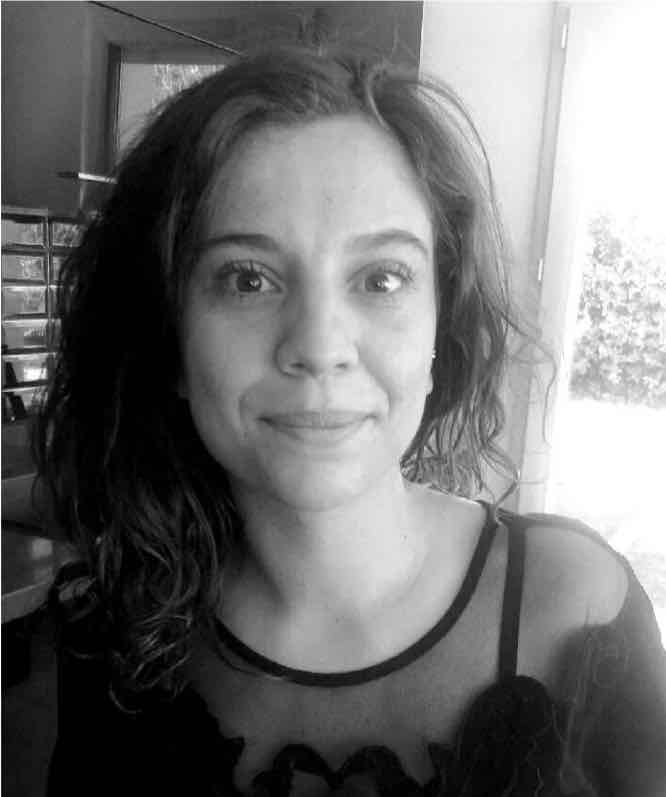
Aurélie Pistono
Department of Experimental Psychology
Ghent University
aurelie.pistono@ugent.be

Robert Hartsuiker
Department of Experimental Psychology
Ghent University
robert.hartsuiker@ugent.be

|
Aurélie Pistono Department of Experimental Psychology Ghent University aurelie.pistono@ugent.be |

|
Robert Hartsuiker Department of Experimental Psychology Ghent University robert.hartsuiker@ugent.be |
| Participants: | 20 |
| Type of Study: | experimental |
| Location: | Ghent, Belgium |
| Media type: | audio |
| DOI: | doi:10.21415/D1HY-R120 |
In accordance with TalkBank rules, any use of data from this corpus must be accompanied by the above reference.
Goal of the project: To reveal the underlying cause of disfluency, several authors use a network task, where participants describe the route taken by a marker through visually presented networks of objects. To be able to disentangle disfluency related to word preparation from other factors, we combined this task with eye-tracking. We asked whether delays in the earliest stages of picture naming elicit disfluency. We therefore used visual blurring which hinders visual identification of the items and thereby slows down selection of a lexical concept. Twenty bachelor students, all native speakers of Dutch, participated in the experiment in exchange for course credit.
Funding This project has received funding from the European Union’s Horizon 2020 research and innovation programme under the Marie Sklodowska-Curie Individual fellowship, grant agreement No 832298.
Procedure Participants were instructed to describe the path of a dot traversing a network of pictures. Instructions emphasized that a complete description mentioned the route of the dot, including the shape and direction of the lines or curves, and including the objects. Participants were told that their descriptions would be played to listeners who had to fill in an empty network, which only showed the position of the objects. The first network was described by the experimenter (to illustrate the task) and the next two networks were described by the participant. During the experiment, each network was preceded by a fixation cross in the upper centre of the computer screen and started with a two seconds period for visual inspection after which the movement of the dot started. 10 networks were described (Part 1, trial 0 to trial 9) and after a break 10 more networks were described (Part 2, trial 0 to trial 9). The two parts were counterbalanced across participants. Eye-movements were also monitored during this experiment.
Material In each network had 4 control pictures and 4 blurred pictures, matched for for name agreement, Age of Acquisition, and Visual complexity. We used the Multipic database to select and control pictures (Duñabeitia et al., 2016). Transcription All productions were transcribed and scored by a native Dutch speaker. Another native Dutch speaker checked the transcriptions and scores. One of the transcribers first independently transcribed and scored all networks. In a subsequent phase, a second transcriber listened to all the productions and checked the transcriptions. They disagreed on 17.8% of disfluencies. Disagreements were solved by a third person. Disfluencies were noted for utterances related to paths, but only disfluencies preceding pictures names, were analysed for our experiment because we manipulated properties of objects. We added a category “other self-corrections” that we annotated [/?] when required. These self-corrections refer to the production of a correct answer, followed by an incorrect self-correction.
Participants P01 and P02 did not agree to sharing of their audio data. For P08, the data for part1 had too much head movement to be included in the analysis. That audio data is included, but not yet transcribed.
More information available here: https://osf.io/9yhcb/